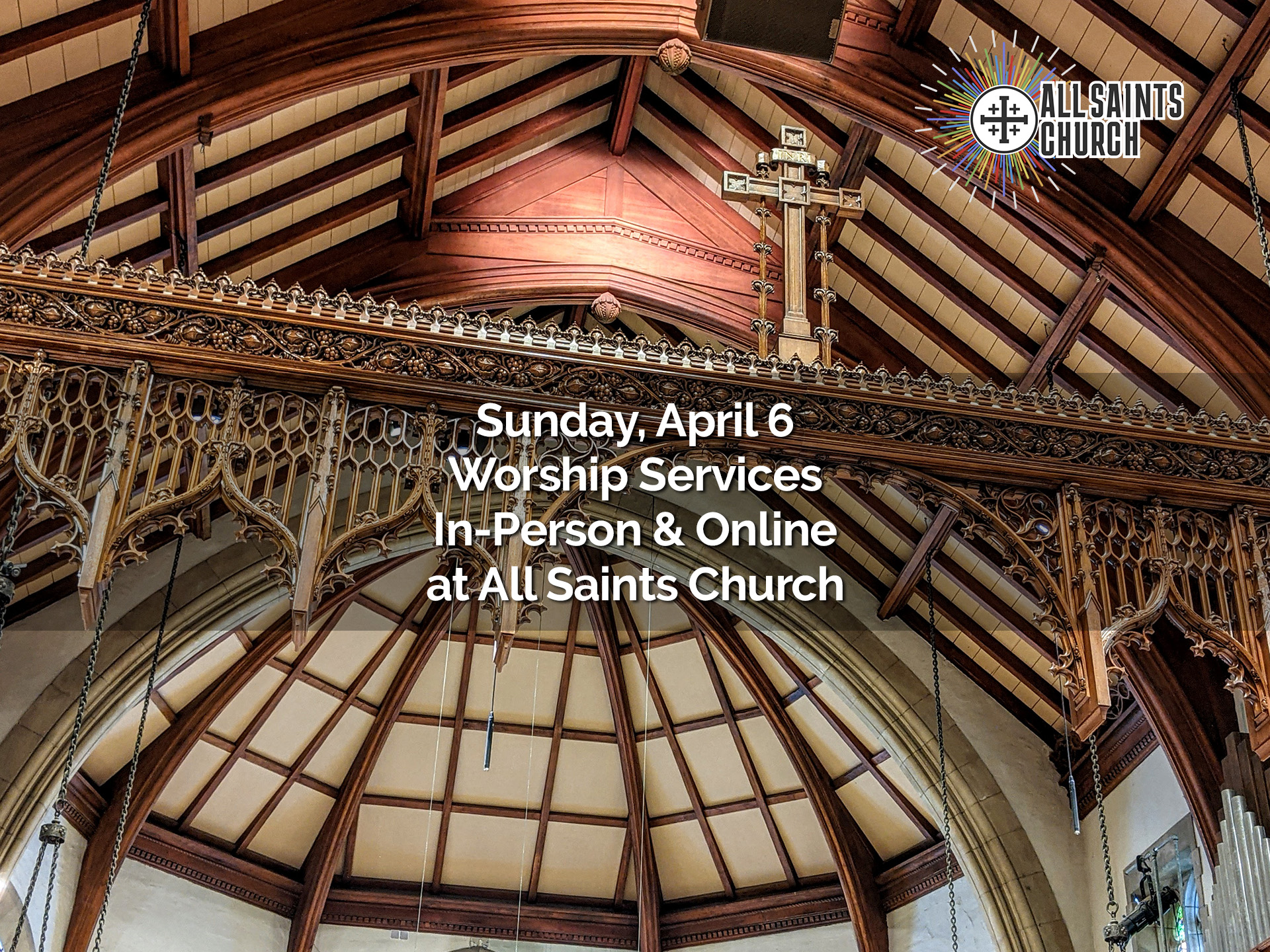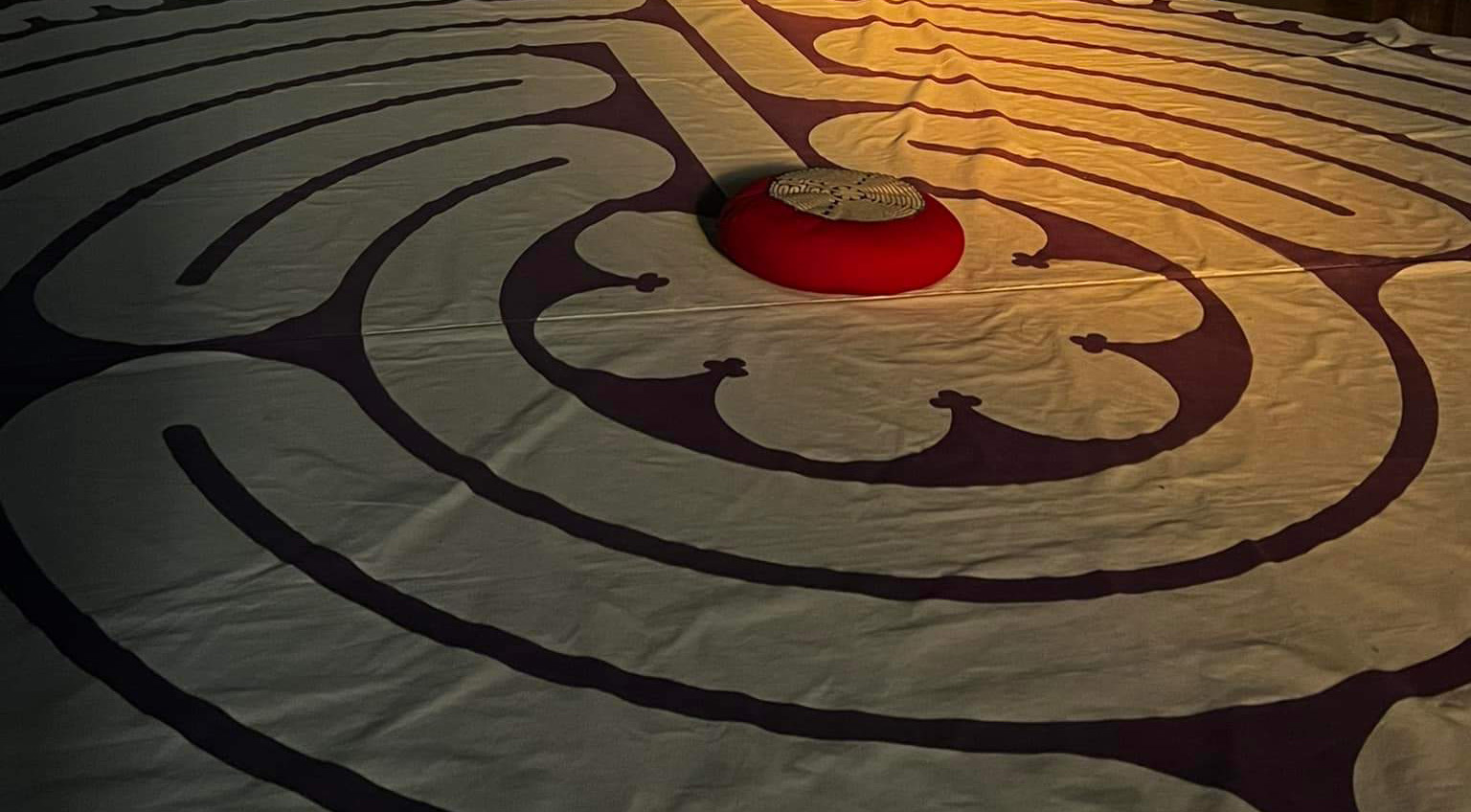
 Not long ago, Sr. Simone Campbell of Nuns on the Bus told Rachel Maddow that despite an inquisition and resistance to change, “the Holy Spirit is alive and well and making mischief.” She could have been talking about life at All Saints. To me, All Saints has always been alive with that Spirit. It certainly was when I served there over 30 years ago.
Not long ago, Sr. Simone Campbell of Nuns on the Bus told Rachel Maddow that despite an inquisition and resistance to change, “the Holy Spirit is alive and well and making mischief.” She could have been talking about life at All Saints. To me, All Saints has always been alive with that Spirit. It certainly was when I served there over 30 years ago.
I was fresh out of seminary when I became the second ordained woman on the All Saints staff. As I reflect on the 40th anniversary of the ordination of women, I am convinced that it was that same mischievous, lively, despair-defying Spirit that filled me when I was ordained priest at All Saints in 1983. She has kept me company ever since.
That is what All Saints does. It fills you with that Spirit.
And that is also why, although it may be difficult to imagine from within the All Saints community, there is life after. Whoever you are, and wherever you go, you take with you the irrefutable evidence that with God, all things are possible. Love lives, all God’s children are beloved, the tomb is empty, and, despite reports from Fox News or Pew polls, churches can be agents of social change.
Shortly after my arrival, George Regas told me that a sermon needs to be pastoral, prophetic, and personal. “Open up the curtains of your own life,” he said. “Tell your own story.” So I’m going to keep following his advice and share with you some sightings of the Spirit in my story of life as a priest.
I was steeped in feminist theology in the company of Carter Heyward and Mary Glasspool during seminary at the Episcopal Divinity School. I thought I would be called to serve a parish on the East Coast, but when George Regas asked me to come out for an interview, I said “yes.” All Saints had me at, “So, are you a feminist?” I knew I was here to stay.
Despite warnings from sister clergy of disapproval and resistance, I was welcomed with openness, warmth, pride, and high expectations. Anne Peterson likes to share a story about standing in the aisle at the end of the recessional watching me sign the Blessing, my mischievous way to incorporate dance into the liturgy. A curmudgeonly, older man near her stage whispered, “Well if that’s a woman priest, I’m all for it.” Annie Lamott calls laughter “carbonated holiness.” I call this a sighting of that mischievous Spirit.
After three fulfilling years at All Saints, I married Michael Kieschnick, a political activist who delighted me by engraving my wedding ring with “Love, Faith, and Action.” He managed to convince both George and me that our faith demanded that we take action and risk arrest protesting the Nevada nuclear weapons test site.
Our shared life took me away from All Saints to the Bay Area where I found that there is life after All Saints. I also found that life can become complicated for a female priest. I was elected Interim Rector at St. Bede’s in Menlo Park the very same day that I learned I was pregnant with our first child. I then job-shared at Trinity, also in Menlo Park, with another priest who was in the baby making stage. While he became rector of a parish, I chose to take time to be with my young family. I was even asked, “What will you do with the black hole on your resume?” Well, I raised my two children on a steady diet of social justice, built a backyard labyrinth, and created family service projects at their elementary school.
But the mischievous Spirit had other plans. I was asked to start a new service at St. Mary the Virgin in San Francisco and it became a thriving congregation, affectionately called the “unplugged” community, referring to the unplugged organ. It was informal, interfaith, inclusive, and intergenerational. Every Sunday, we proclaimed our job description as people of faith by singing “Make me a channel of your peace.”
To start my ministry at All Saints was both inspiring and daunting because the truth is that there is only one All Saints. As the years went by, I became clear that if we are to turn the world upside down in the spirit of the Beatitudes, we need many more churches like All Saints, not necessarily in size but in Spirit. But where were the clergy who would lead? As my husband asked, “Where have all the Bill Coffins gone?” To answer that question, we gave birth to The Beatitudes Society to nurture a new generation of prophetic clergy in the public square. We are delighted to share this work with the Rev. Anne Howard, whom I had first met at, yes, All Saints.
I returned to Trinity, this time with the freedom to write my own job description and title. I became Director of Contemplative Engagement. But I should have written myself a warning as well. The more engaged I became in the world, the more I felt called to be in the world. To help lead the charge in churches to make social change, I needed to learn from and support the organizations actively doing just that. After 30 years in parish ministry, I retired.
You know what? Retirement isn’t a black hole either. Now my spiritual, not religious, activist friends call me their chaplain in the world. To borrow from Barbara Brown Taylor, my altar is in the world. I am able to follow my passion to stop violence against women through education, enterprise, and empowerment. I can be more actively focused on giving new life to women through organizations like the City of Joy in the Congo, the new Shared Trade Alliance formed by Thistle Farms in Nashville, and Catherine’s Center in Menlo Park.
During my early years at All Saints, I experienced the church as the only front line of social change. These days, I am less convinced. While I am filled with pride that our Episcopal Church has a woman as presiding bishop, progress on women as rectors and bishops (in the Church of England at last) and finally a breakthrough on marriage equality, I have concluded that change within the Church is simply not enough. We need change in all institutions working for the common good. And then we all need to partner together, something women do really well. As Anne Howard likes to say, “We are all in this together.”
Someone once said that ordination means serving God not perfectly, but visibly. I believe this is what George Regas meant, allowing people to enter your story and take what they choose. What do I hope you choose? Make mischief.


